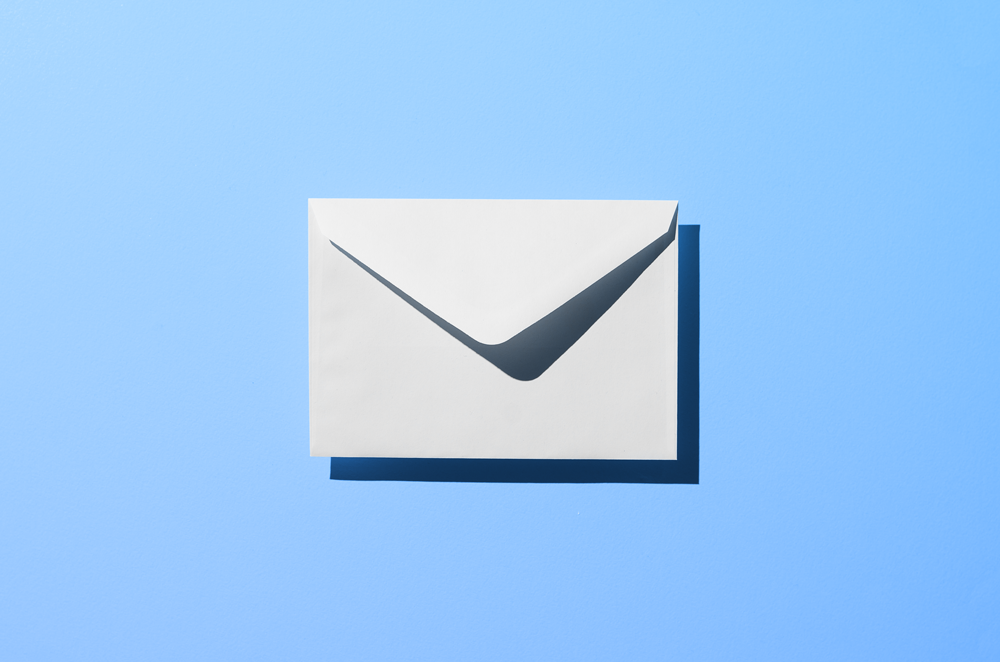Most organizations deploy firewalls, antivirus, and endpoint controls. Yet they leave their email domains unprotected. Without DMARC enforcement, your domain can be spoofed by anyone, at any time, with no alert, no audit trail, and no consequence. Except to your reputation, your customers, and your bottom line.

DMARC (Domain-based Message Authentication, Reporting and Conformance) prevents attackers from sending emails that appear to come from your domain. Without it, your brand becomes a free resource for phishing campaigns, business email compromise (BEC), and invoice fraud.
Spoofing does not require access to your infrastructure. It exploits trust in your domain name. When DMARC is missing or misconfigured, threat actors use it to deliver emails that look like they came from your CEO, finance team, or support desk. These messages bypass traditional email filters because they appear to come from a legitimate domain.
BEC losses are well documented. According to the FBI IC3, global BEC-related fraud exceeded 50 billion dollars across reported cases. In nearly all of them, domain spoofing was the first step.
One spoofed invoice to the wrong customer can result in six or seven figure losses. In regulated sectors like finance and healthcare, this also brings audit failures and compliance violations.
When your domain is used to phish third parties, such as partners, suppliers, or the public, you may not face immediate legal action. But you will face brand erosion. Trust lost in email is hard to recover.
It is not just your customers at risk. Internal users are common targets. Executives receive spoofed emails impersonating board members. Finance teams get urgent wire requests. HR teams are tricked into sending sensitive employee data.
Data protection laws in the UAE (PDPL), Europe (GDPR), and elsewhere are increasingly clear. Organizations are expected to implement appropriate technical controls to protect communication channels. DMARC is now considered one of those basic controls.
Insurance providers are also tightening their requirements. Cyber liability policies increasingly require evidence of email authentication. Inadequate DMARC posture can result in higher premiums or denied claims after an incident.
Auditors and regulators will not accept ignorance. If your domain was used in a phishing attack and you had no DMARC enforcement or monitoring in place, the liability shifts.
Beyond security, DMARC protects your brand identity in the inbox. Major email providers use DMARC enforcement to determine whether your logo is displayed through BIMI, whether your emails are trusted, and whether they land in the inbox or the spam folder.
Without enforcement, legitimate marketing and customer support emails are more likely to be flagged, delayed, or blocked. Your deliverability suffers, and so does customer experience.
Organizations that delay DMARC often cite complexity, resource constraints, or fear of disrupting email flow. These are solvable problems. The longer you wait, the more exposed you are.
Spoofing attacks rarely make headlines. But they quietly drain trust, money, and operational resources. The clean-up cost, both financial and reputational, is always higher than prevention.
Post Tags :

Copyright © 2025 iConnect IT Business Solutions DMCC